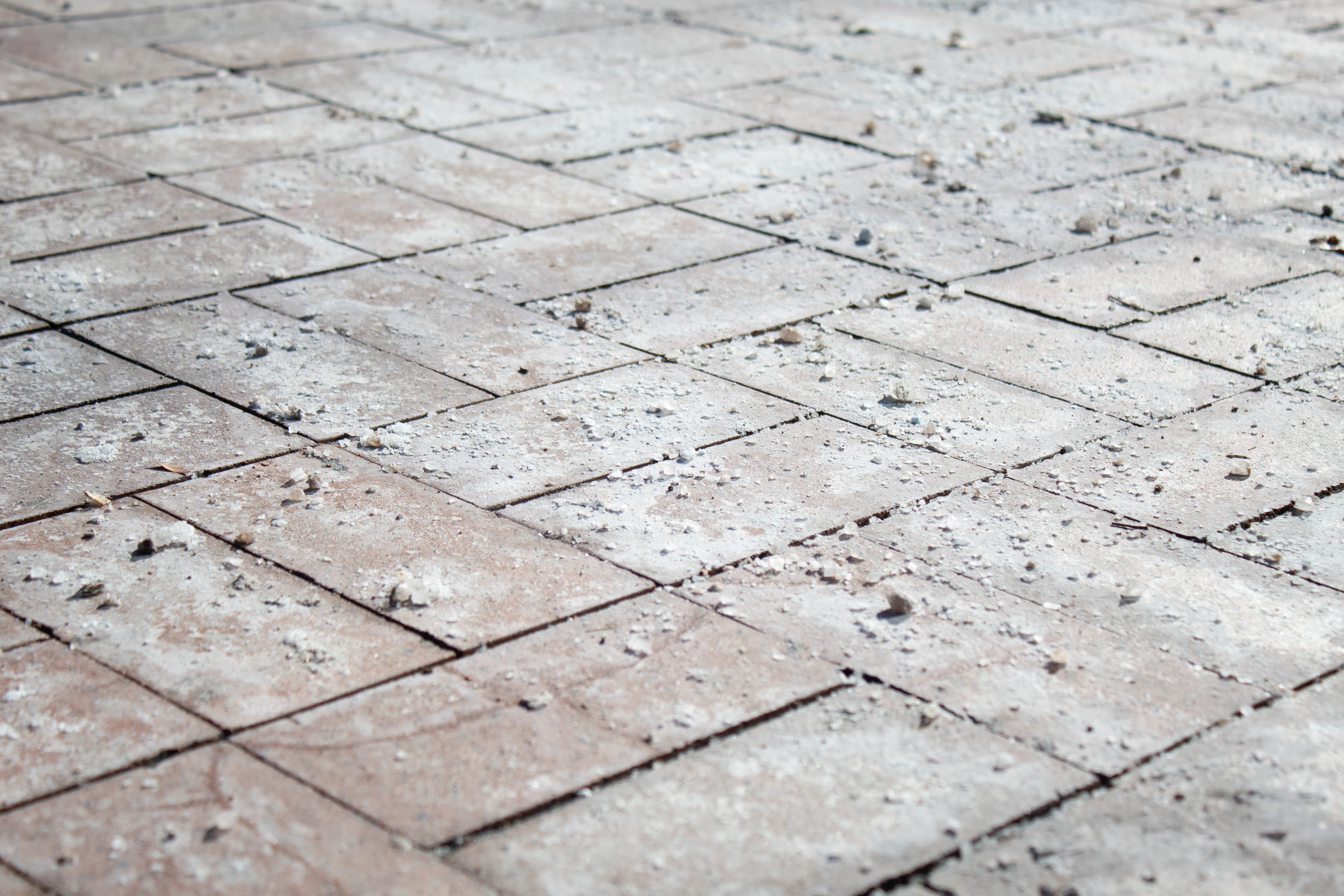By J. Harvard Feldhouse
Jambar Contributor
Road salt — it’s natural, abundant and effective. However, it’s also corrosive and deadly to life in large doses. Though it is an essential tool for snow and ice removal, some people may wonder if salt is used too much.
Sodium chloride, also known as table salt or NaCl, is mainly used because it’s cheap and abundant. Michael Serra, associate chemistry professor at Youngstown State University, explained that salt works when dissolved in water, separating the Na and Cl particles.
“When you put salt on the road or on your sidewalks, there is a thin layer of water, and it will actually dissolve a little of that salt,” Serra said. “Water usually freezes at 32 degrees Fahrenheit. Now water will begin to melt at temperatures pure water normally freezes.”
Salt works, so people use it — tons of it.
YSU uses an average of 472 tons of salt annually, according to Dave Ewing, associate director of the grounds department.
According to a November 2018 Vindicator article by Justin Dennis, nearly 19,500 tons of road salt were used in Mahoning County alone by the Ohio Department of Transportation during the 2017 to 2018 winter season.
When salt water infiltrates fresh water bodies, the animals and vegetations unaccustomed to salt water can die. If it infiltrates human drinking water, the effects can be the same.
Timothy Wagner, chair of the chemistry department, explained salt’s deadly potential.
“If you drink too much salt and the concentration of salt in your blood goes up, it draws water out of your cells. Then, you suffer severe dehydration,” Wagner said. “If you drink too much salt water, cells die.”
A quick Google search can find dozens of articles detailing salt’s environmental impact, ranging from government websites to leading scientific publications, as well as university blogs, personal blogs and regular news media sources.
One source, a December 2018 “Scientific American” article by Tim Vernimmen, said salts have significantly infiltrated the drinking water on the East Coast, a huge problem for people on low-salt diets.
Vernimmen also said the corrosive nature of salt draws heavy metals, such as manganese, lead and zinc, into the water. It was the same corrosion that caused the contaminated water crisis in Flint, Michigan.
“Nationwide, salts are crusting the insides of home boilers and the cooling tanks of power plants. They are also coating the land where crops grow. And they are stressing plants and animals in freshwater ecosystems, in some cases until they disappear,” Vernimmen said.
Road salt, and salt in general, negatively affects the environment, but its effectiveness at removing ice and snow and society’s need to use the roads in the winter poses a challenge for environmentalists.
However, there are eco-friendly alternatives. Wagner said that many counties in the U.S. have adopted the use of beet juice brine, a mixture of juiced white beets and salt water.
“Beet juice contains a lot of sugar molecules. Those sugar molecules reduce the number of salt ions needed in the solution, because sugar has the same effect as an ion from salt,” Wagner said.
The downside is that beet juice is more expensive, which could be a financial issue for road maintenance departments with limited funding.
It may not be possible to completely eliminate salt from use in the U.S., but finding equally effective alternatives that reduce the amount of salt used could be instrumental in stopping water contamination.
